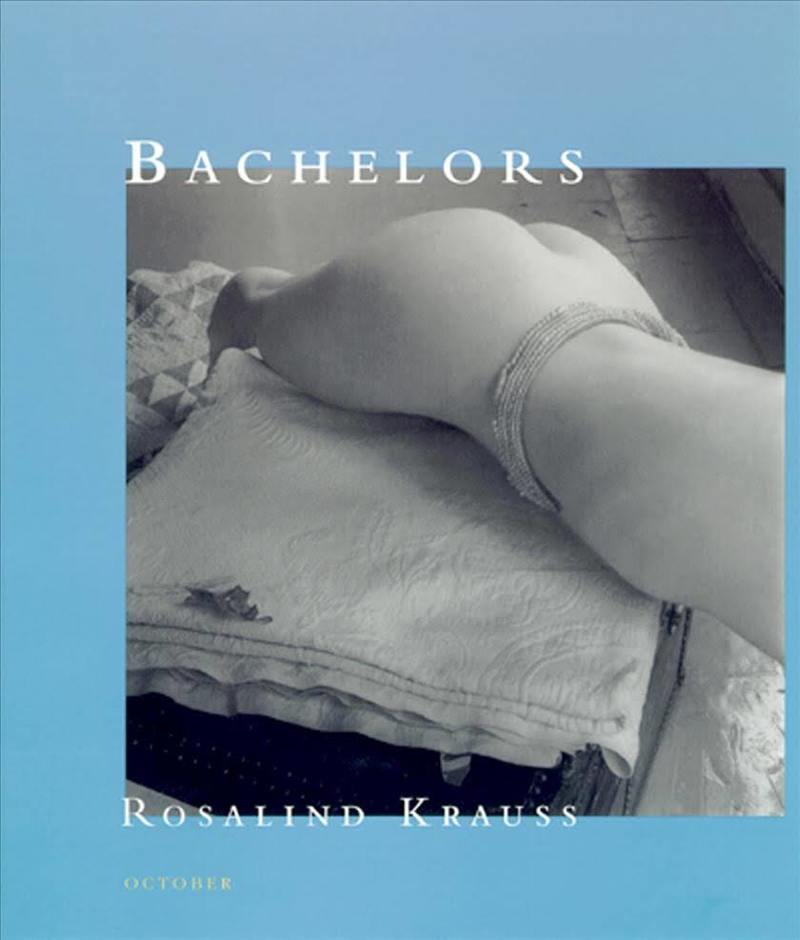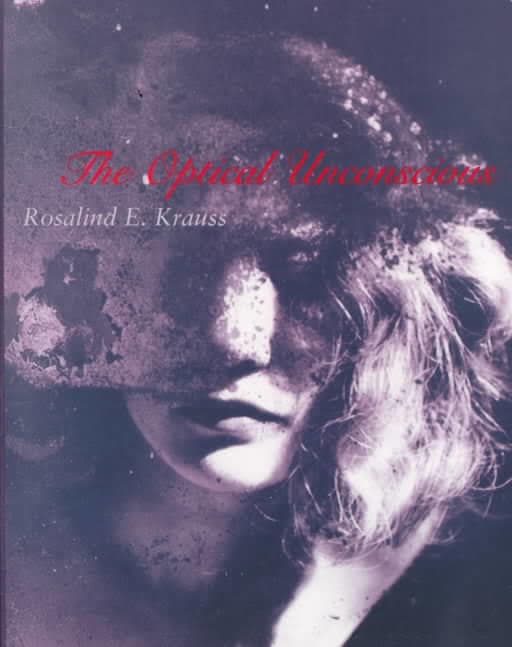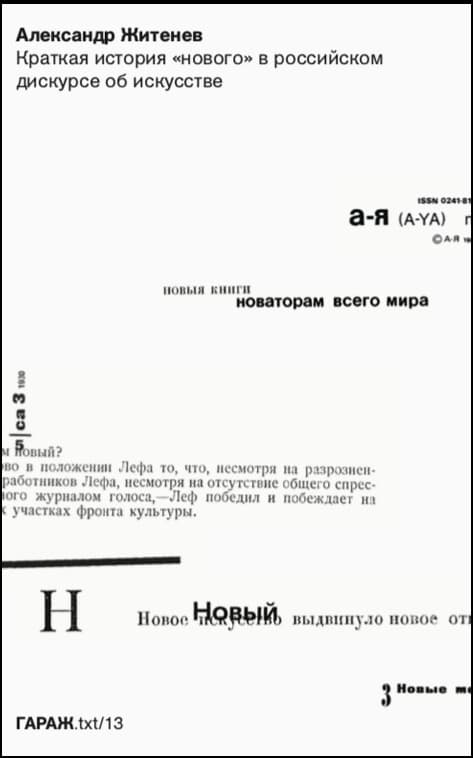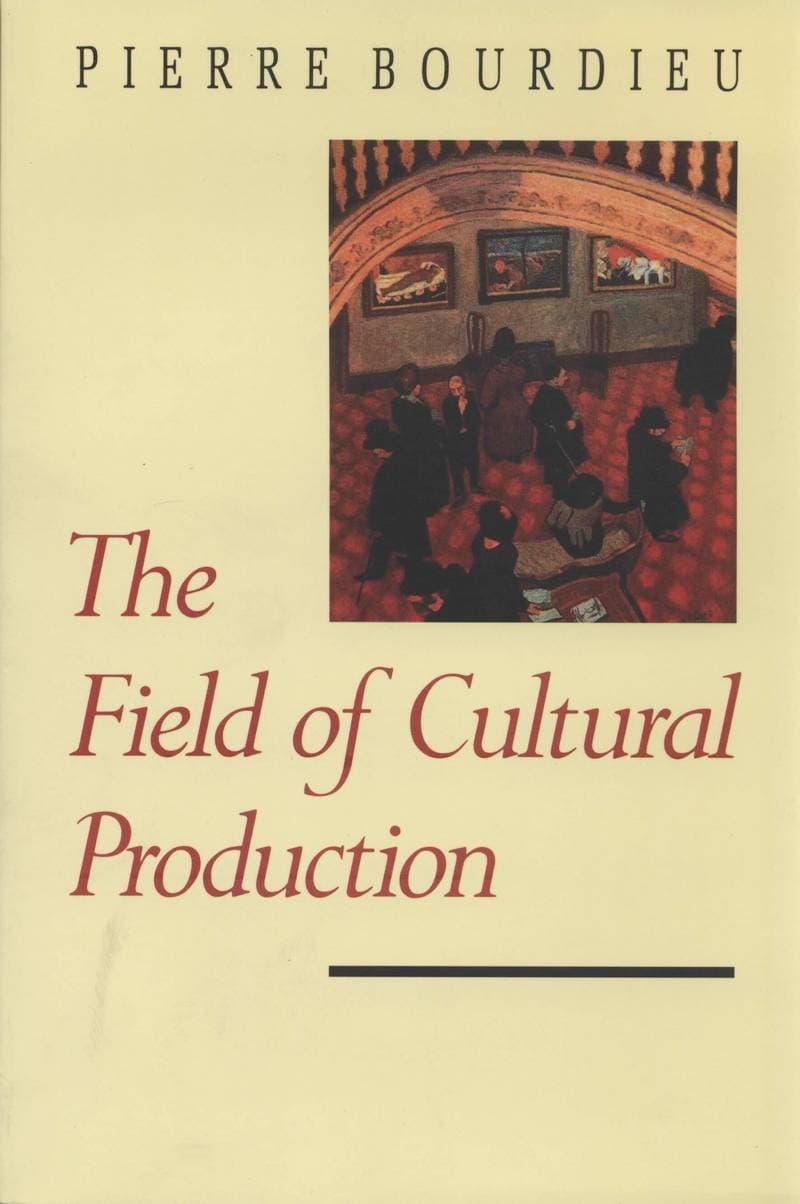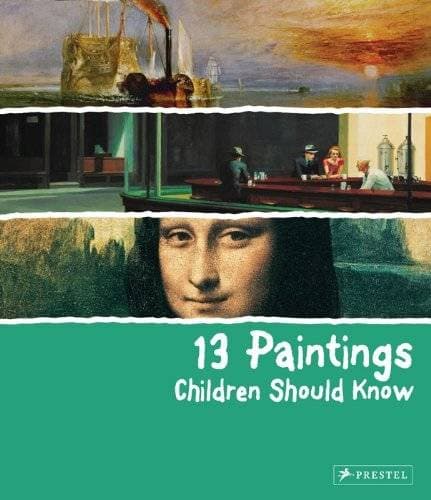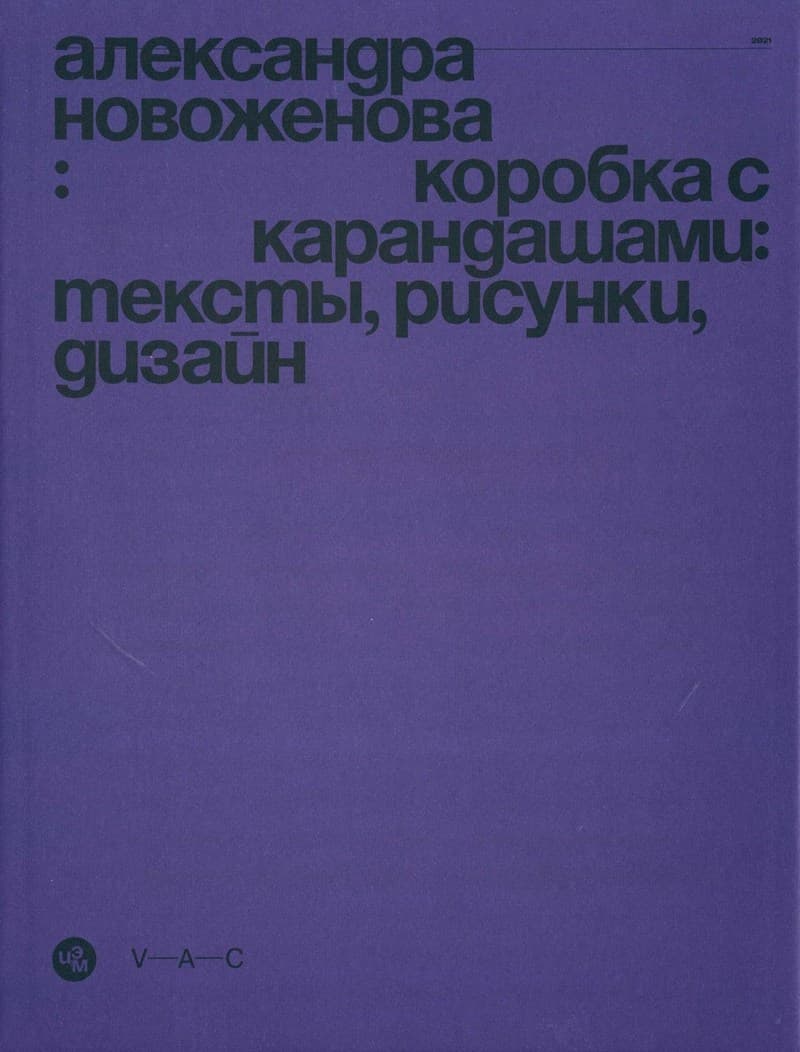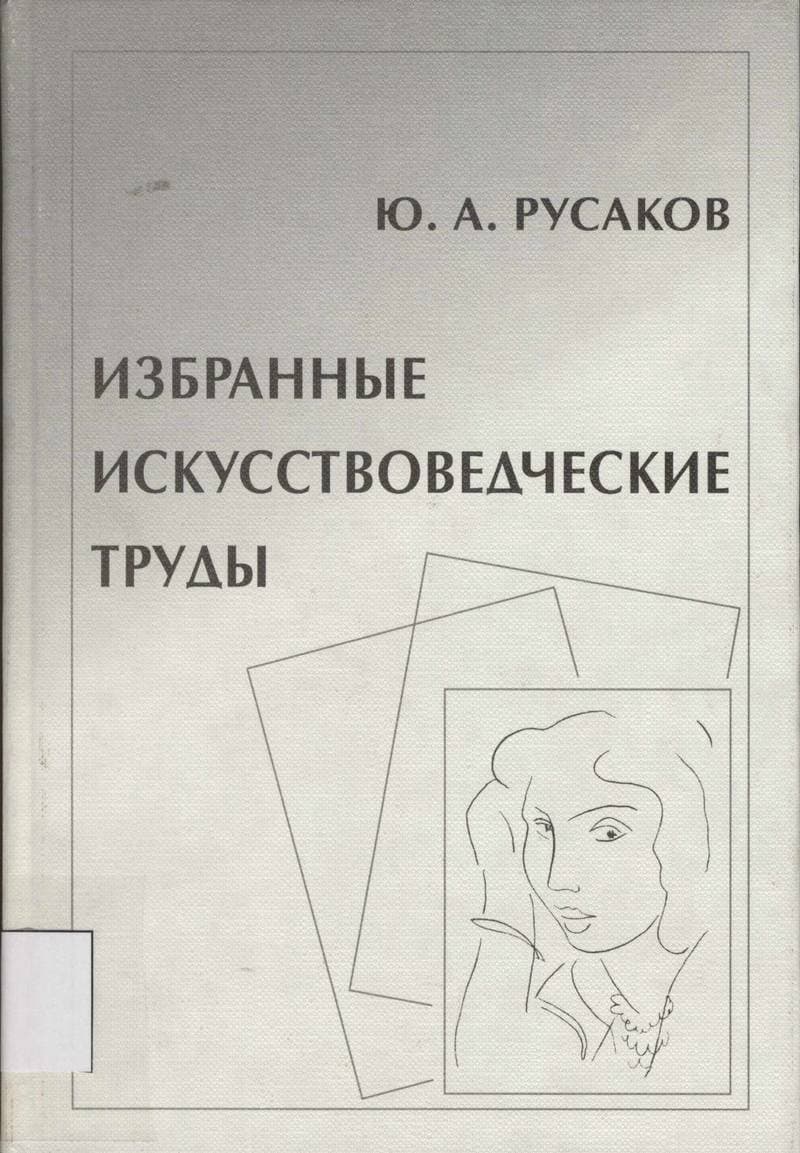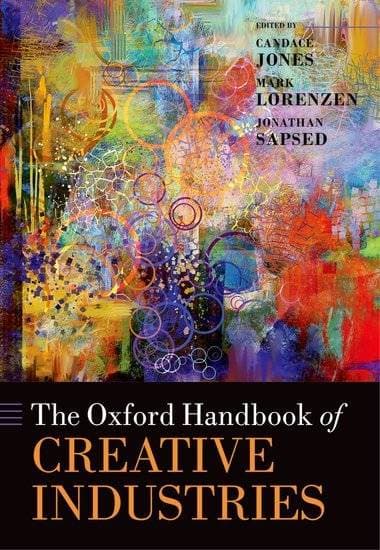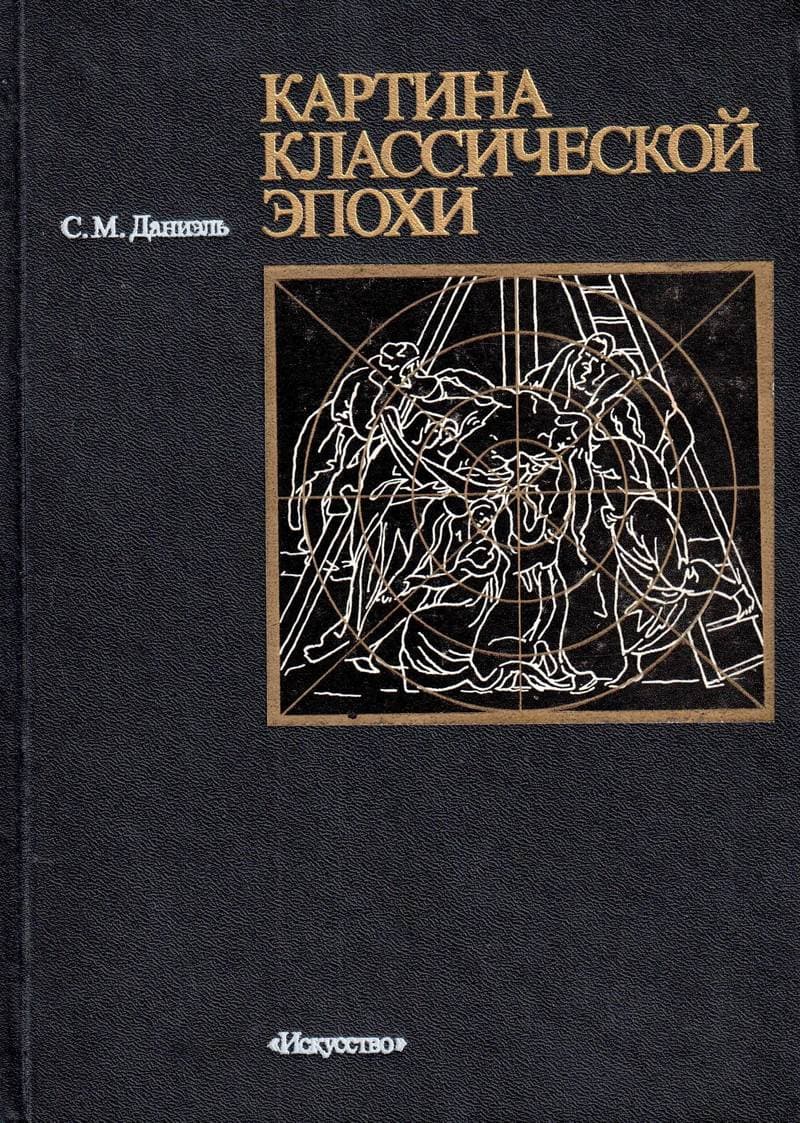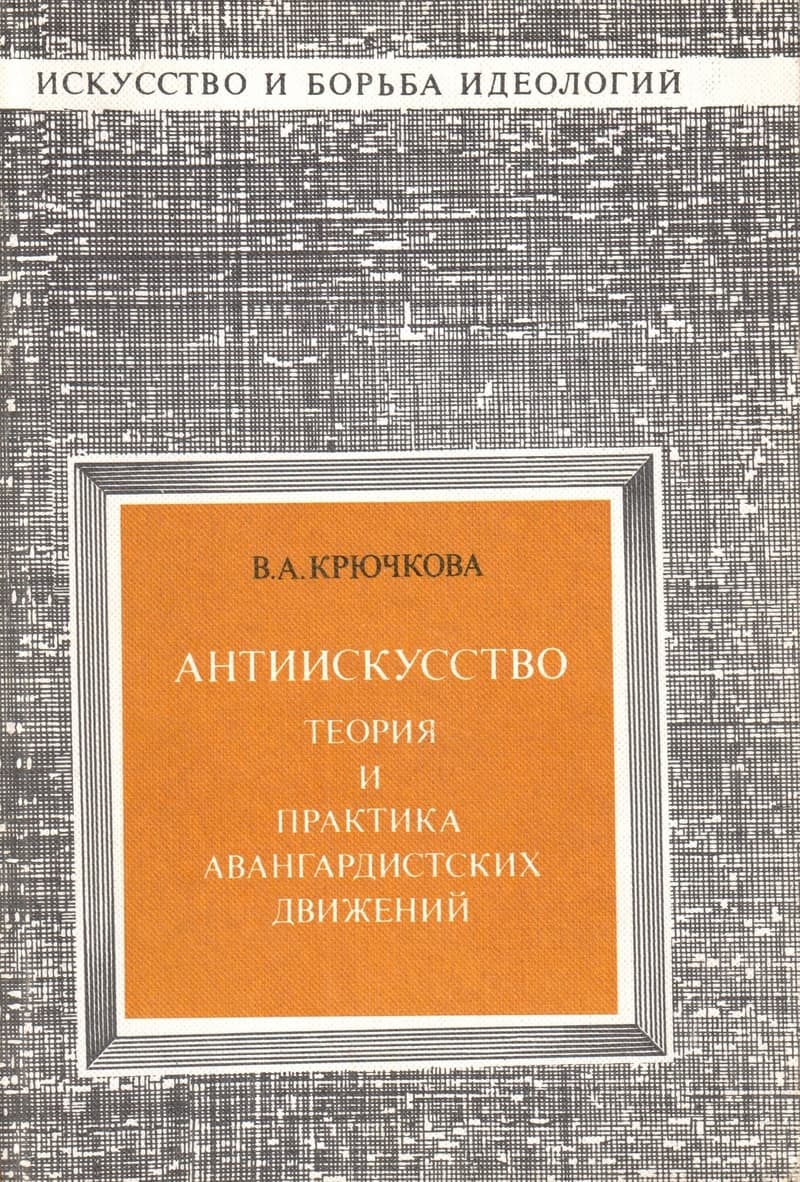Bachelors
These essays on nine women artists are framed by the question, born of feminism, “What evaluative criteria can be applied to women's art?” Since the 1970s Rosalind Krauss has been exploring the art of painters, sculptors, and photographers, examining the intersection of these artists concerns with the major currents of postwar visual culture: the question of the commodity, the status of the subject, issues of representation and abstraction, and the viability of individual media. These essays on nine women artists are framed by the question, born of feminism, “What evaluative criteria can be applied to women's art?” In the case of surrealism, in particular, some have claimed that surrealist women artists must either redraw the lines of their practice or participate in the movement's misogyny. Krauss resists that claim, for these “bachelors” are artists whose expressive strategies challenge the very ideals of unity and mastery identified with masculinist aesthetics. Some of this work, such as the “part object” (Louise Bourgeois) or the “formless” (Cindy Sherman) could be said to find its power in strategies associated with such concepts as écriture feminine. In the work of Agnes Martin, Eva Hesse, or Sherrie Levine, one can make the case that the power of the work can be revealed only by recourse to another type of logic altogether.
Данные книги
Сюрреализм, Гендерные исследования, Феминизм, Психоанализ, Сексуальность, Живопись, Скульптура, Фотография
Хессе Ева, Шерман Синди, Вудман Франческа, Буржуа Луиз, Левин Шерри, Лоулер Луиз, Мартин Агнес, Каон Клод, Маар Дора
Кембридж
2000
222 страницы
9780262611657
Открытый доступ
Да
Нет
701.2 Kra
1
- Spiritual Art and Art Education2014
- The Optical Unconscious1998
- Краткая история «нового» в российском дискурсе об искусстве2022
- Чтение белой стены2011
- The Field of Cultural Production. Essays on Art and Literature1993
- 13 Paintings Children Should Know2014
- Феномен открытой формы в искусстве ХХ века2012
- Коробка с карандашами: тексты, рисунки, дизайн. Медиа искусства2021
- Избранные искусствоведческие труды2000
- The Oxford Handbook of Creative Industries2015
- Картина классической эпохи. Проблема композиции в западноевропейской живописи XVII века1986
- Антиискусство: теория и практика авангардистских движений1984
